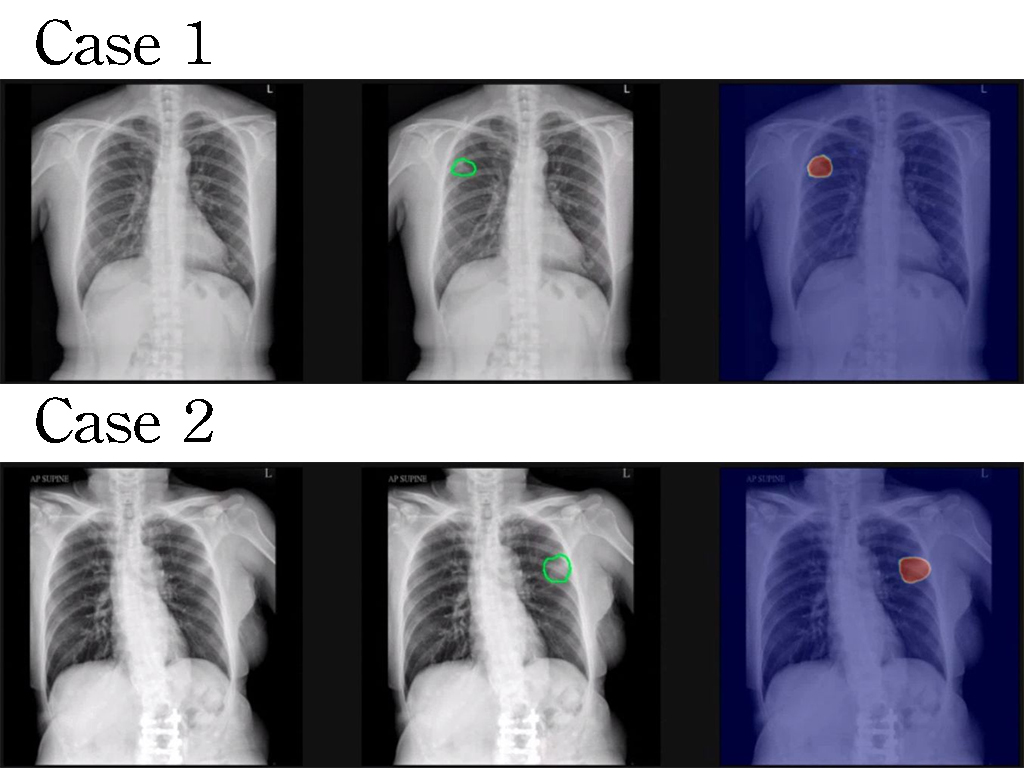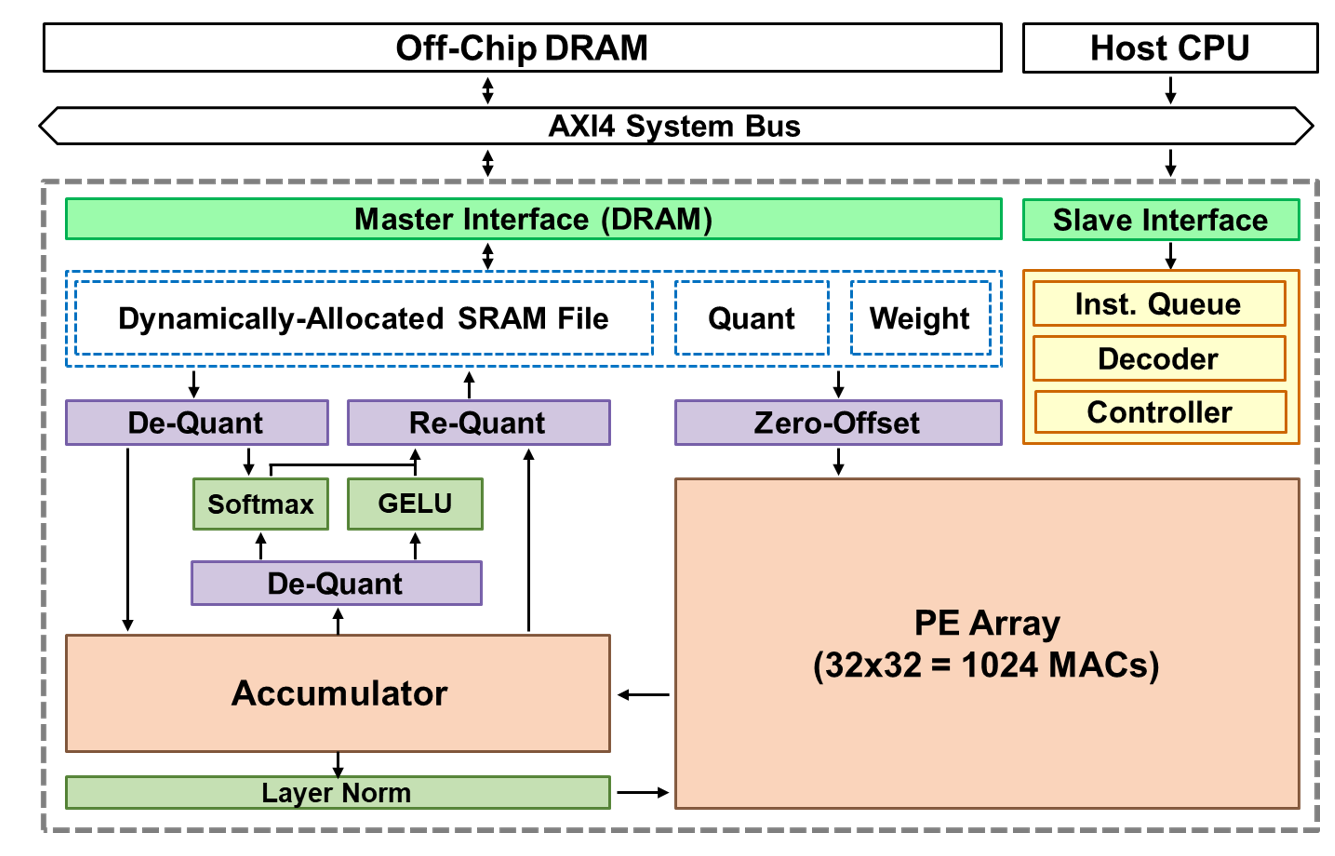| Technical Name | An User-Friendly Brain Computer Interface Integrated Holistic Rehabilitation System | ||
|---|---|---|---|
| Project Operator | National Chung Hsing University | ||
| Project Host | 李聯旺 | ||
| Summary | Stroke leads to death and disability, traditional rehabilitation is limited by poor cardiopulmonary function. A comprehensive rehabilitation system combining brain-machine interfaces, real-time physiological monitoring, exoskeletons, and dynamic reduced-weight walking can enhance cardiopulmonary function, promote active participation, and accelerate recovery. Real-time monitoring ensures safety, improves brain function, enhances rehabilitation outcomes, and reduces family and social burdens. |
||
| Scientific Breakthrough | Gait disorders in stroke patients arise from brain damage, reducing motor control and causing walking difficulties. Our "A User-Friendly Brain-Computer Interface Integrated Holistic Rehabilitation System" integrates innovative technologies, offering adjustable intensity training, dynamic weight support, autonomous movement, physiological monitoring, and brain-machine interface control. This system surpasses international benchmarks, enhancing training effectiveness and flexibility. |
||
| Industrial Applicability | Advancements in medical technology and an aging population have increased the demand for rehabilitation equipment. Our "User-Friendly Brain-Computer Interface Integrated Holistic Rehabilitation System" offers passive and active training with real-time feedback to improve rehabilitation outcomes and reduce medical workload. Clinical trials show its benefits enhance rehabilitation effectiveness and advance domestic equipment development, promising revolutionary changes in the medical industry. |
||
| Keyword | Precision rehabilitation Holistic Rehabilitation Walking Helper Body Weight Support System Brain-Computer Interface Lower Limbs Exoskeleton Rehabilitation Robotics Gait Training Walking-Aid Assistant Navigation | ||
- Contact
- Lian-Wang Lee
- leelw@dragon.nchu.edu.tw
other people also saw















